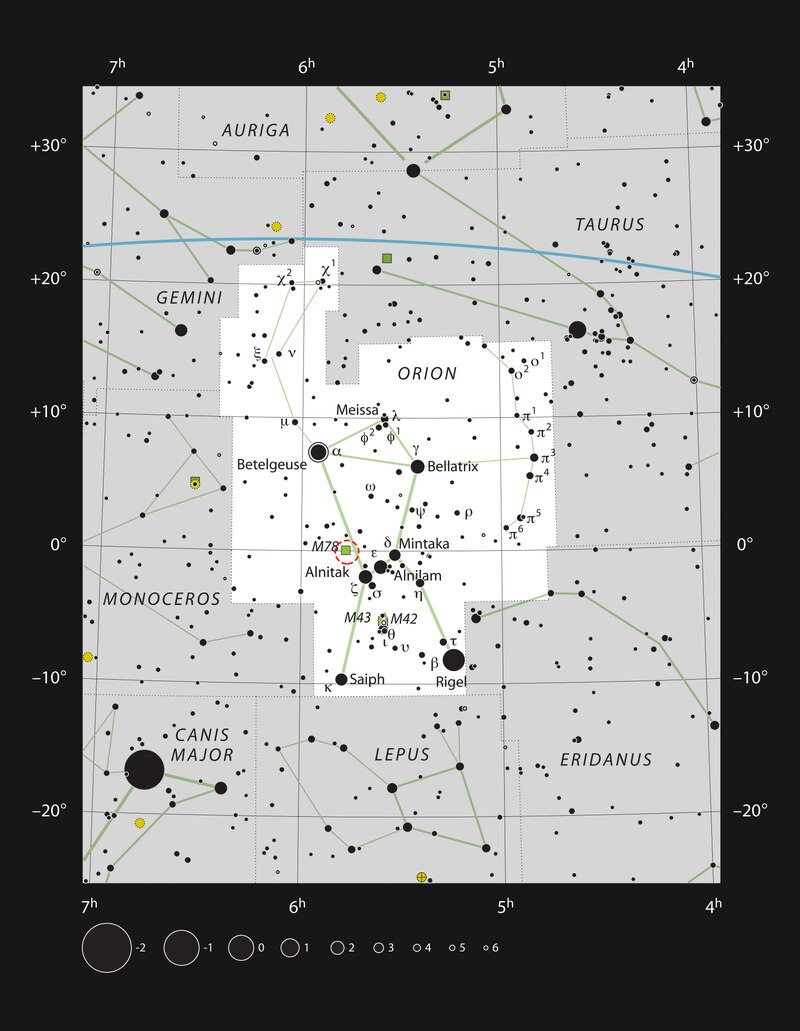Astronomers Discover Early Signs of Planet Formation Around Young Star

In a groundbreaking discovery, astronomers have identified early signs of planet formation around a young star, HOPS-315, located approximately 1,370 light-years from Earth. This unprecedented observation was made using the advanced capabilities of the NASA's Webb Space Telescope and the European Southern Observatory in Chile. The findings, which were published in the journal *Nature* on July 15, 2025, mark a significant milestone in our understanding of planetary formation.
The research team, led by Dr. Melissa McClure, an astrophysicist at Leiden Observatory in the Netherlands, has provided a rare glimpse into the early stages of planet formation. “We’ve captured a direct glimpse of the hot region where rocky planets like Earth are born around young protostars. For the first time, we can conclusively say that the first steps of planet formation are happening right now,” said McClure. This research sheds light on the processes that lead to the formation of rocky planets, akin to those in our own solar system.
HOPS-315, a yellow dwarf star still in its infancy, is estimated to be between 100,000 and 200,000 years old. The observations revealed solid specks condensing within the gas disk surrounding the star, indicating the initial stages of planet formation. The team detected crucial materials such as silicon monoxide gas and crystalline silicate minerals, which are believed to be the building blocks of rocky planets.
Dr. Fred Ciesla, a planetary scientist at the University of Chicago, who was not involved in this study, commented, “This is one of the things we’ve been waiting for. Astronomers have been thinking about how planetary systems form for a long period of time. There’s a rich opportunity here.” This discovery provides critical insights into the processes that shaped our own solar system over 4.5 billion years ago.
The research team utilized the unique positioning of HOPS-315, which tilts toward Earth, allowing them to peer deep into its gas disk and observe the formation process. McClure noted, “The condensing of hot minerals was never detected before around other young stars, so we didn’t know if it was a universal feature of planet formation or a weird feature of our solar system.” The findings suggest that this process could be common in the earliest stages of planet formation across the universe.
The implications of this research extend beyond HOPS-315. By examining other young stars and their gas disks, scientists can determine the prevalence of Earth-like planets in the universe. Merel van ’t Hoff, a co-author and assistant professor at Purdue University, expressed enthusiasm for future explorations, stating, “Are there Earth-like planets out there or are we like so special that we might not expect it to occur very often?”
This discovery not only enhances our understanding of planetary formation but also raises exciting possibilities about the existence of Earth-like planets elsewhere in the universe. As astronomers continue to study HOPS-315 and similar stars, they hope to uncover more about the origins of planetary systems, which could ultimately inform our understanding of the conditions necessary for life beyond Earth. The future of planetary science looks promising as researchers aim to unravel the complexities of how planets are born and evolve in the cosmos.
Advertisement
Tags
Advertisement





